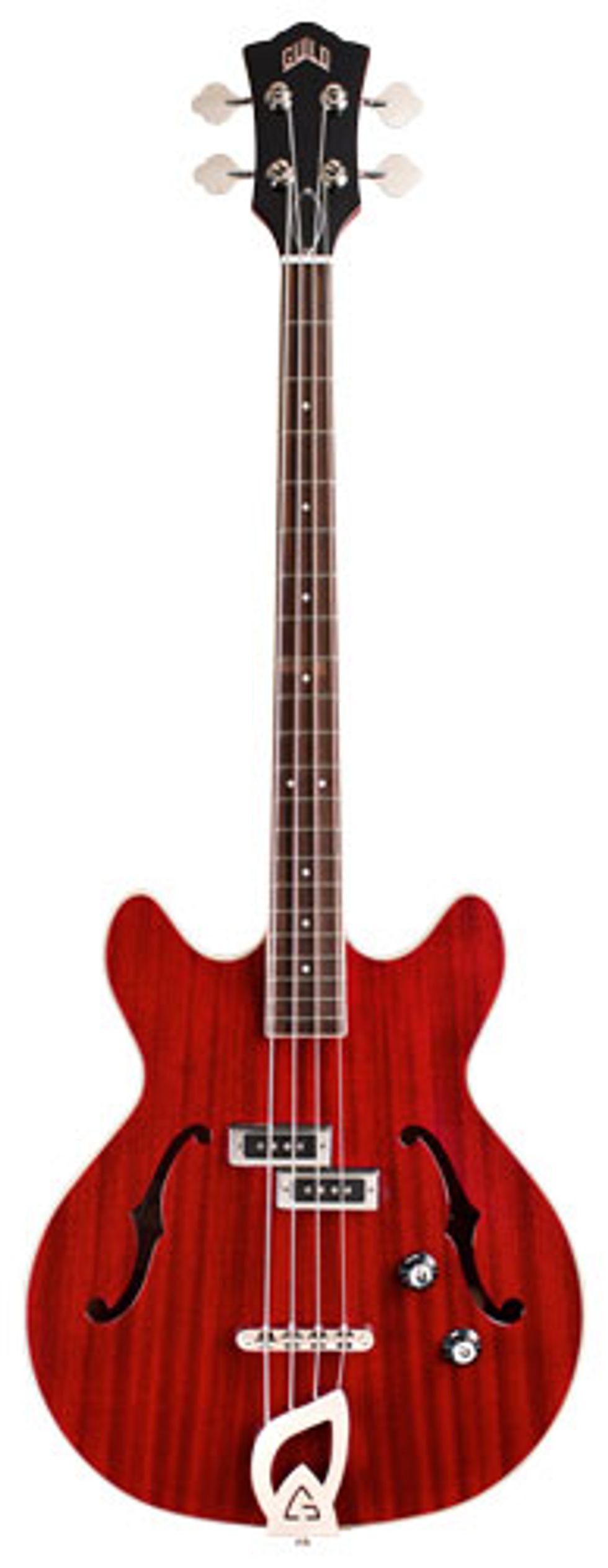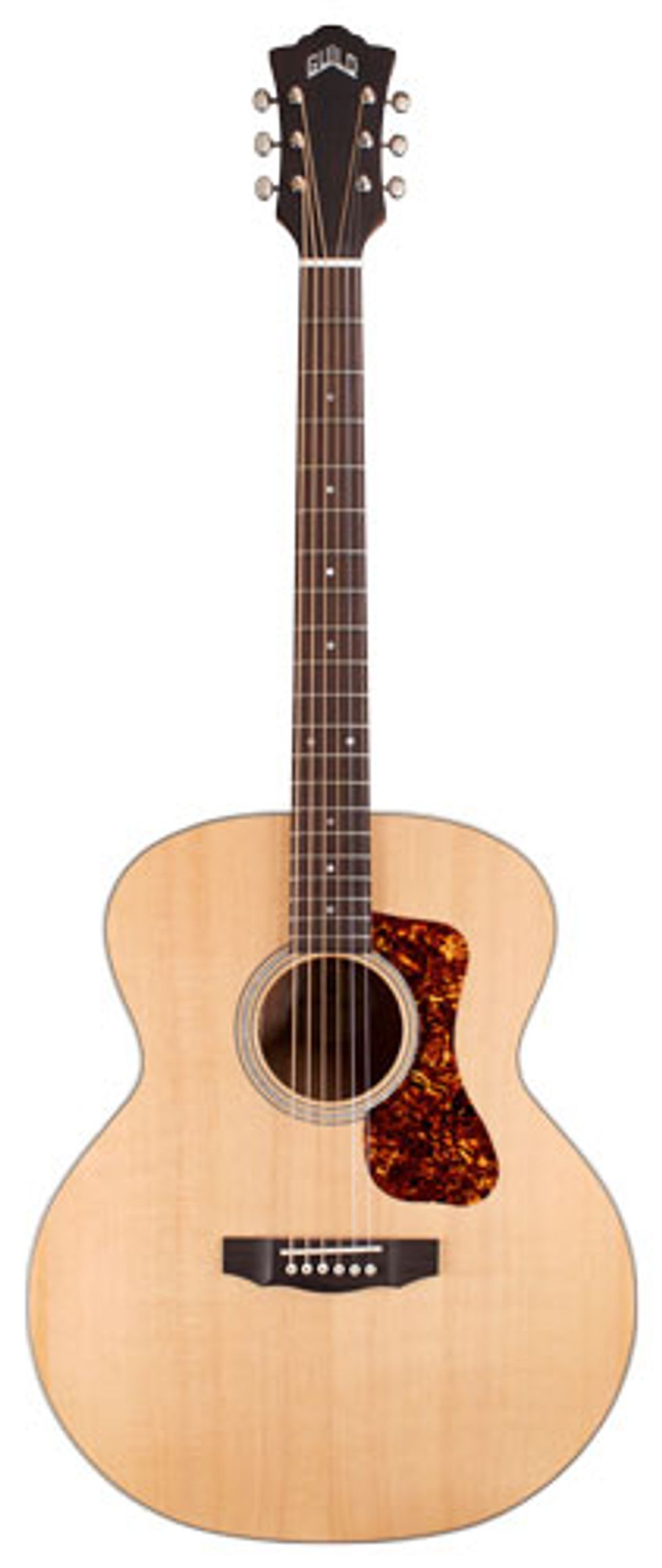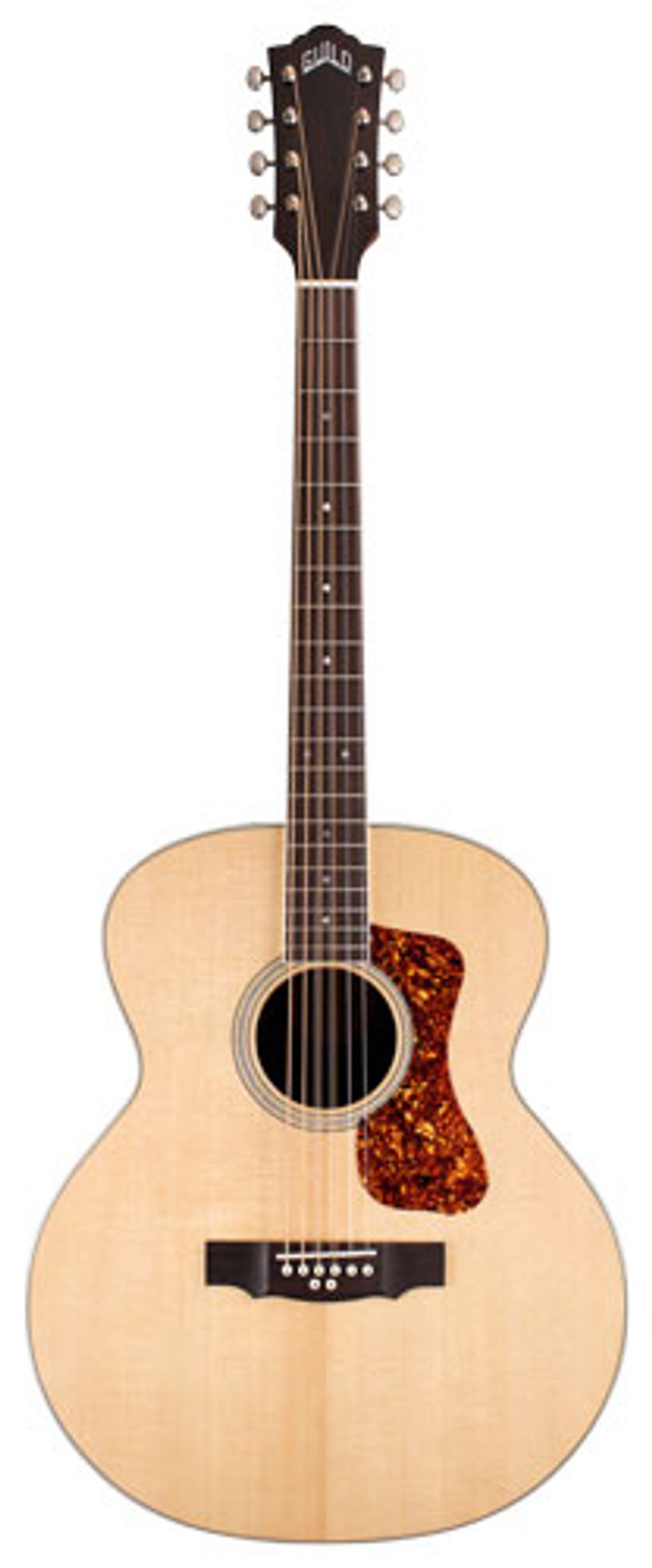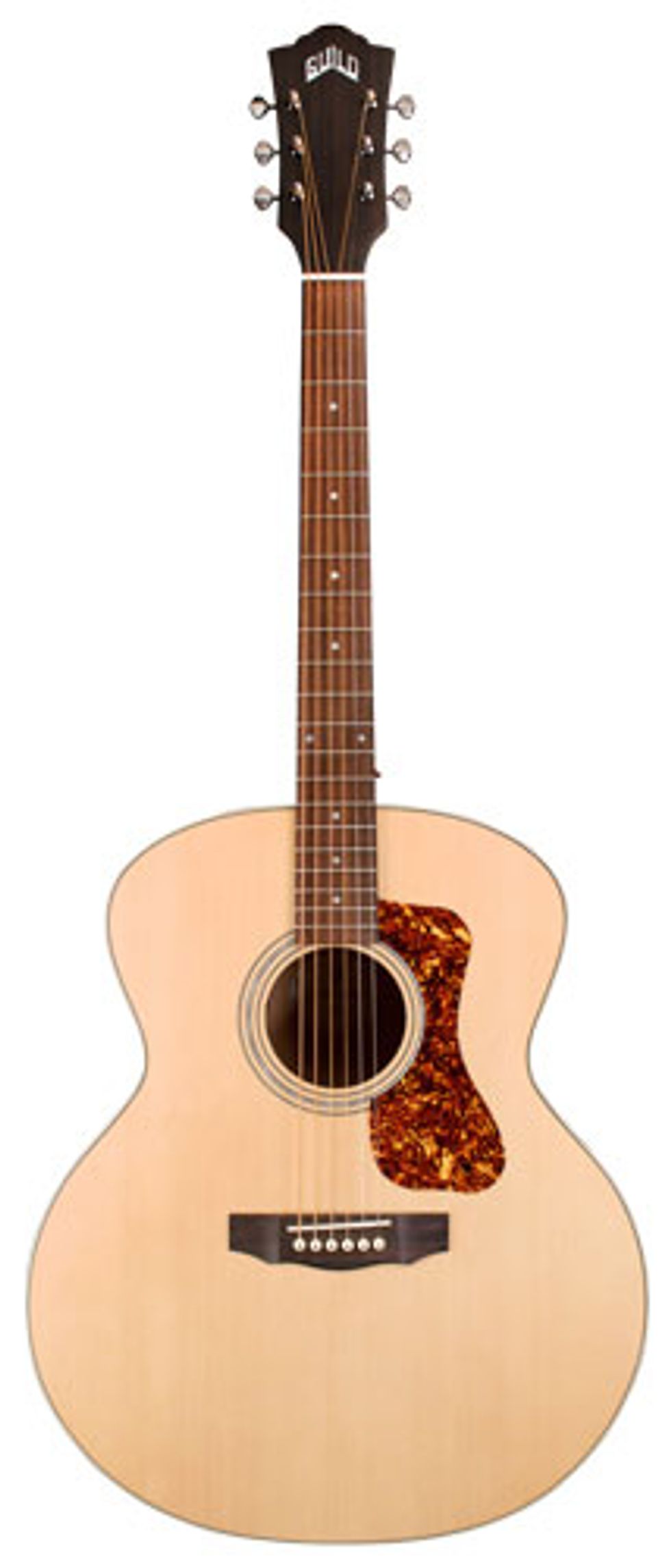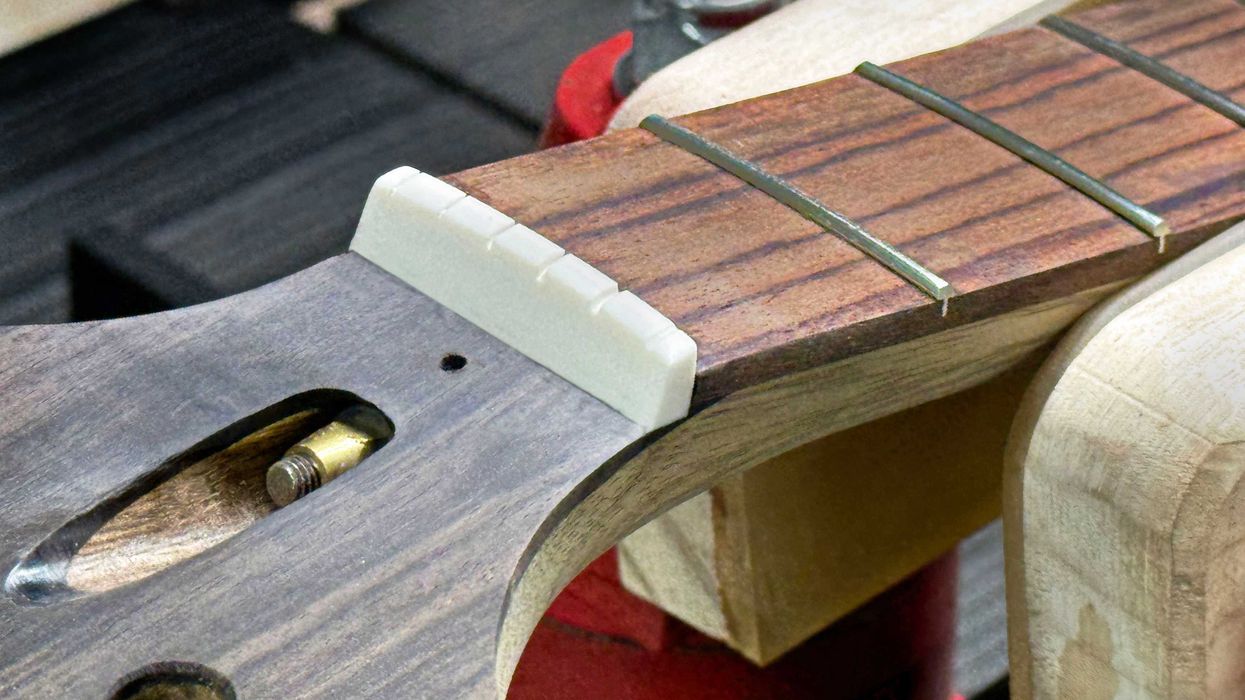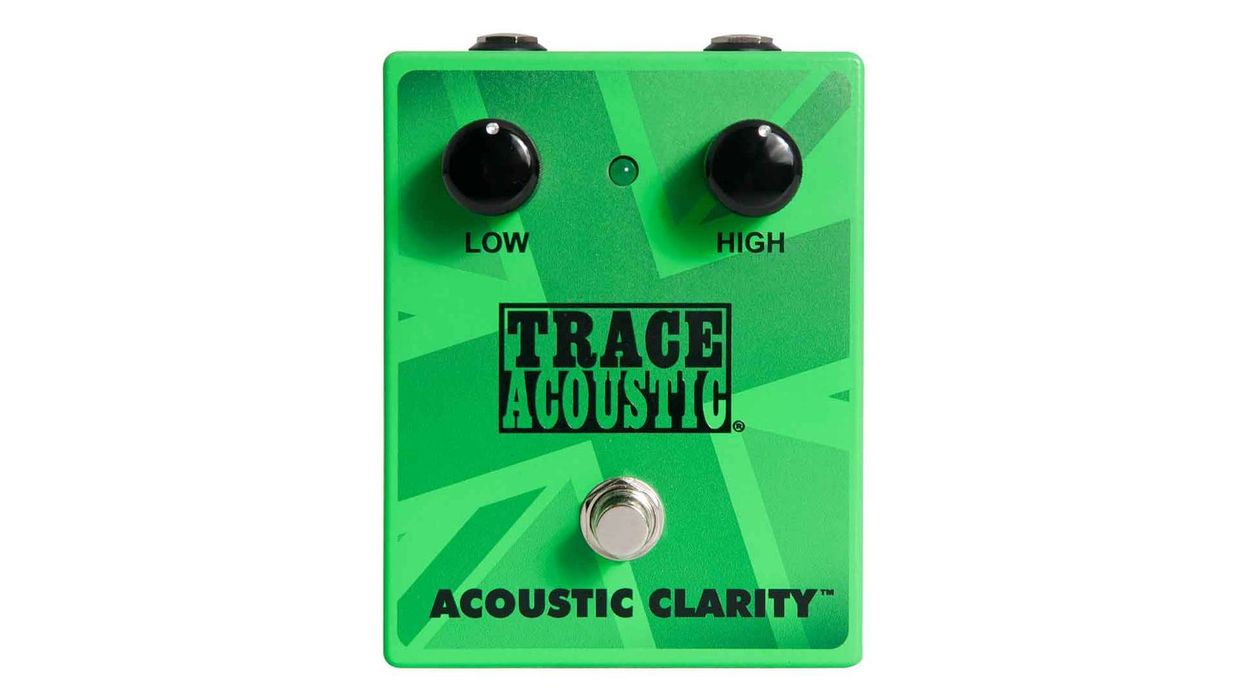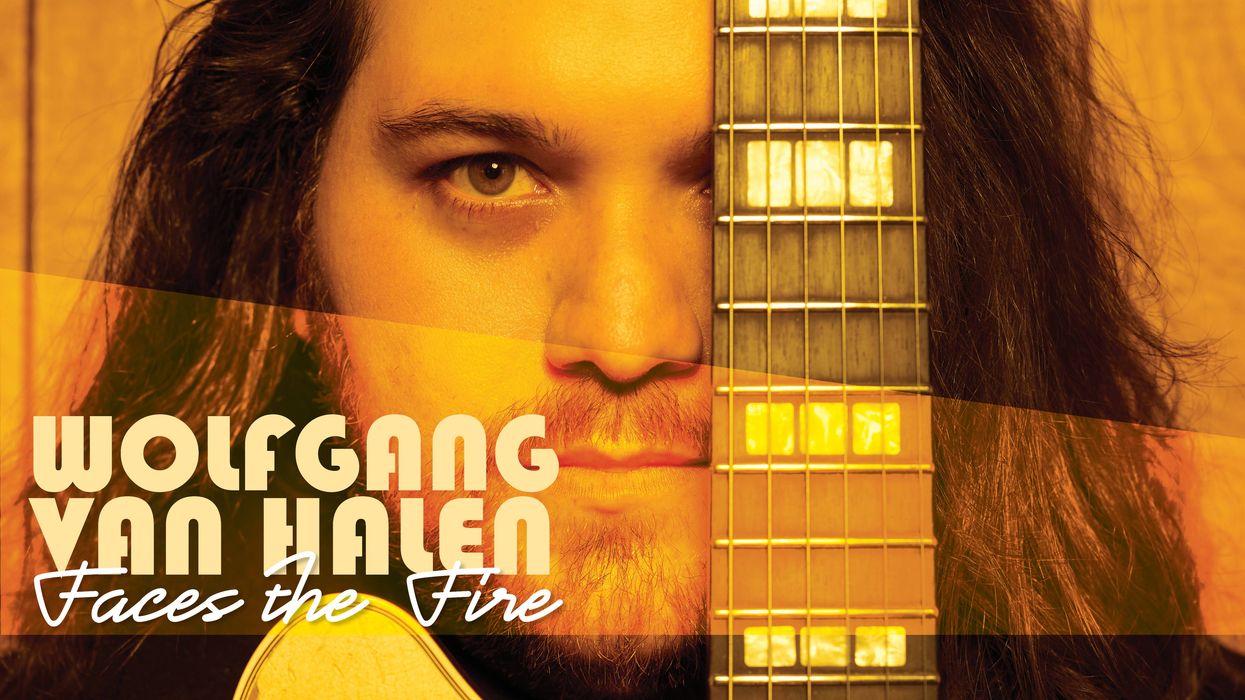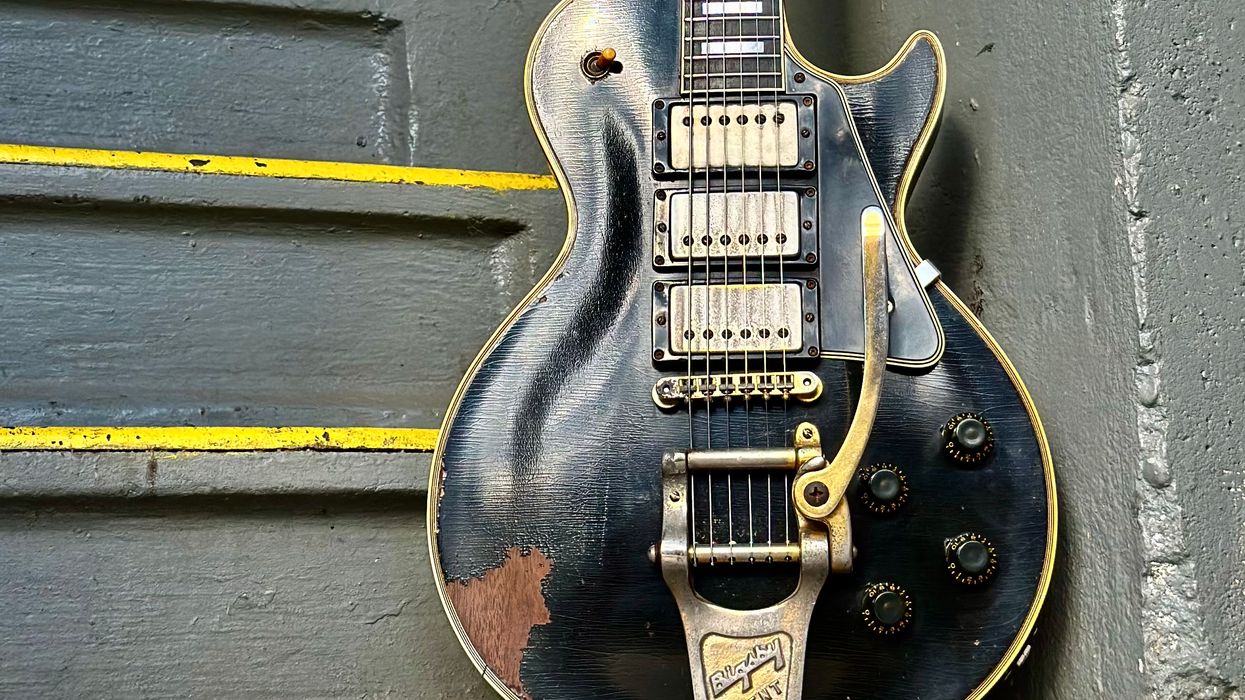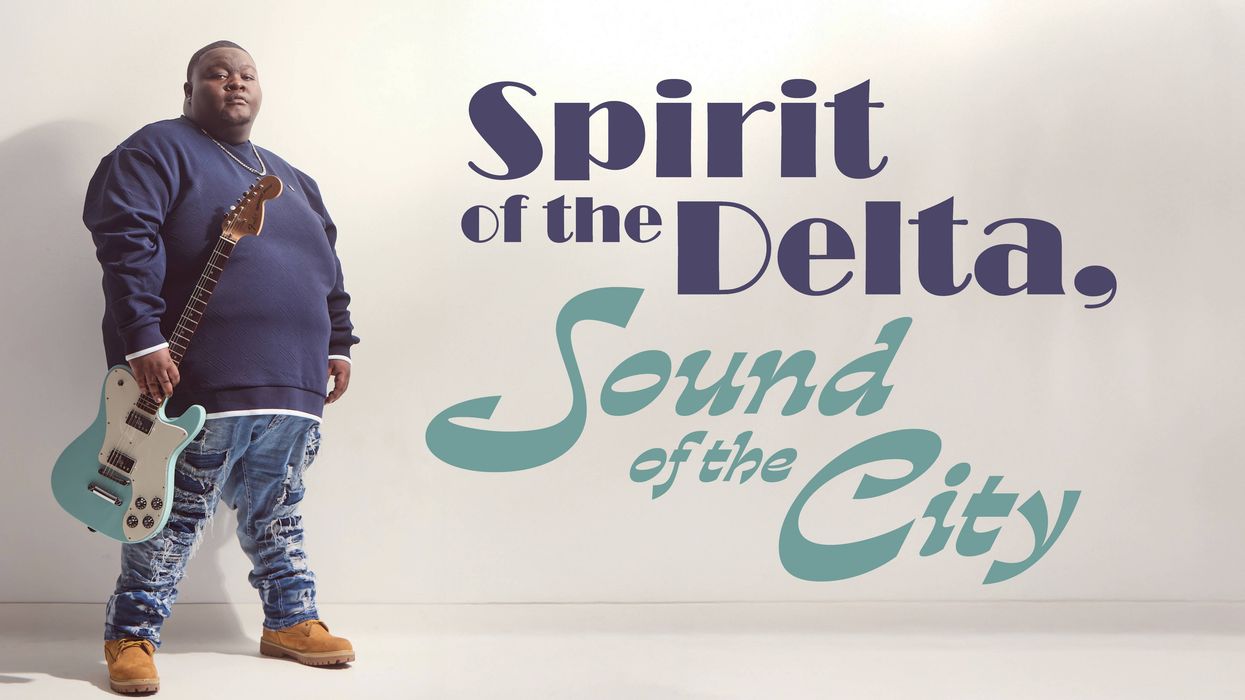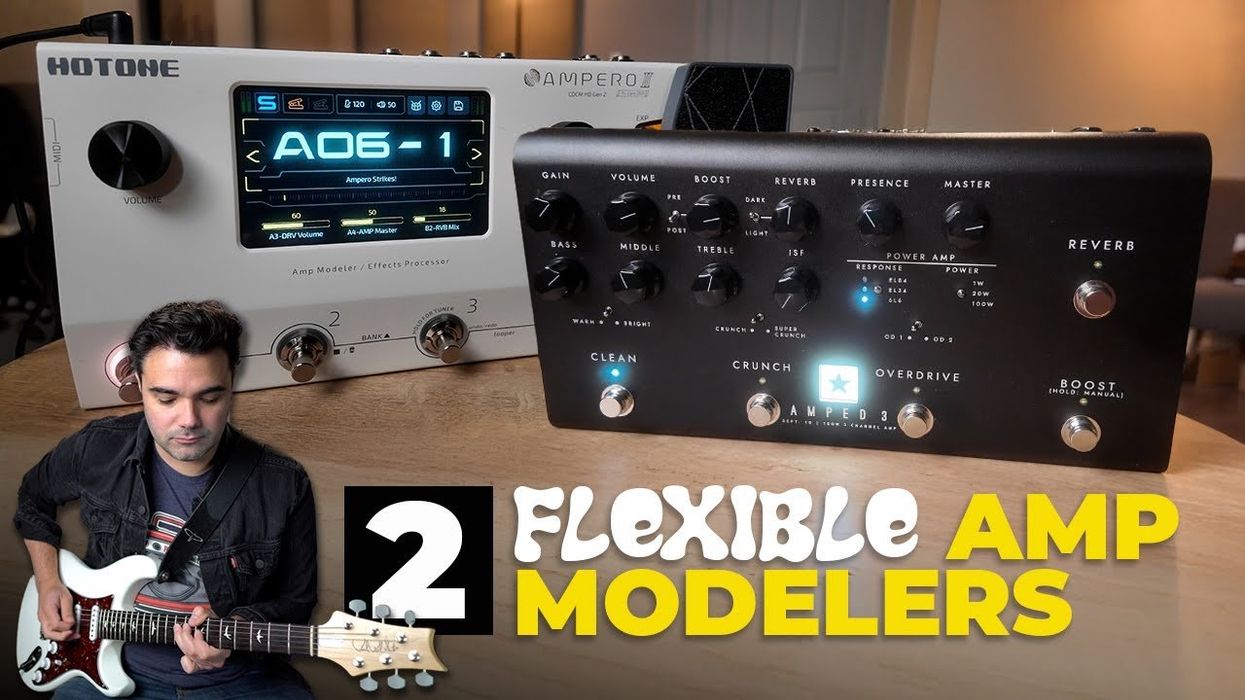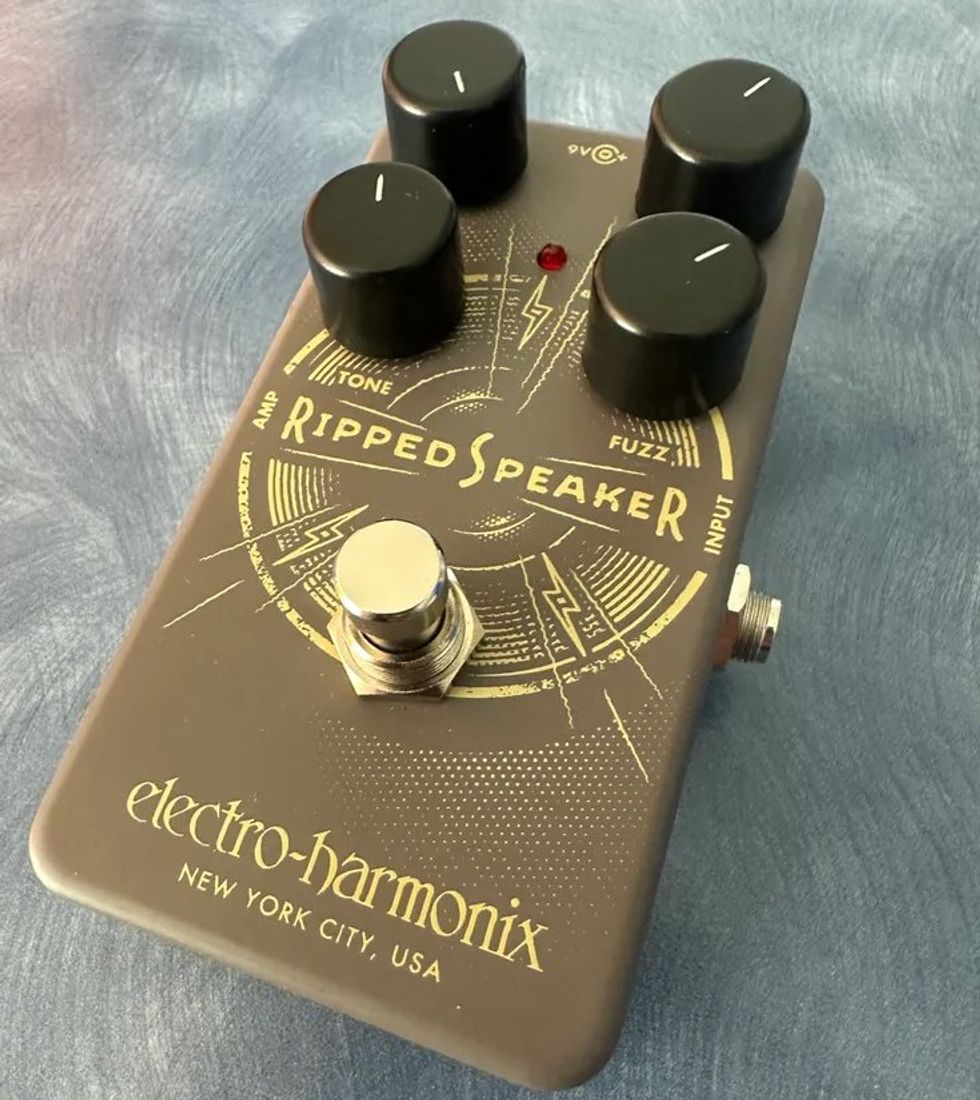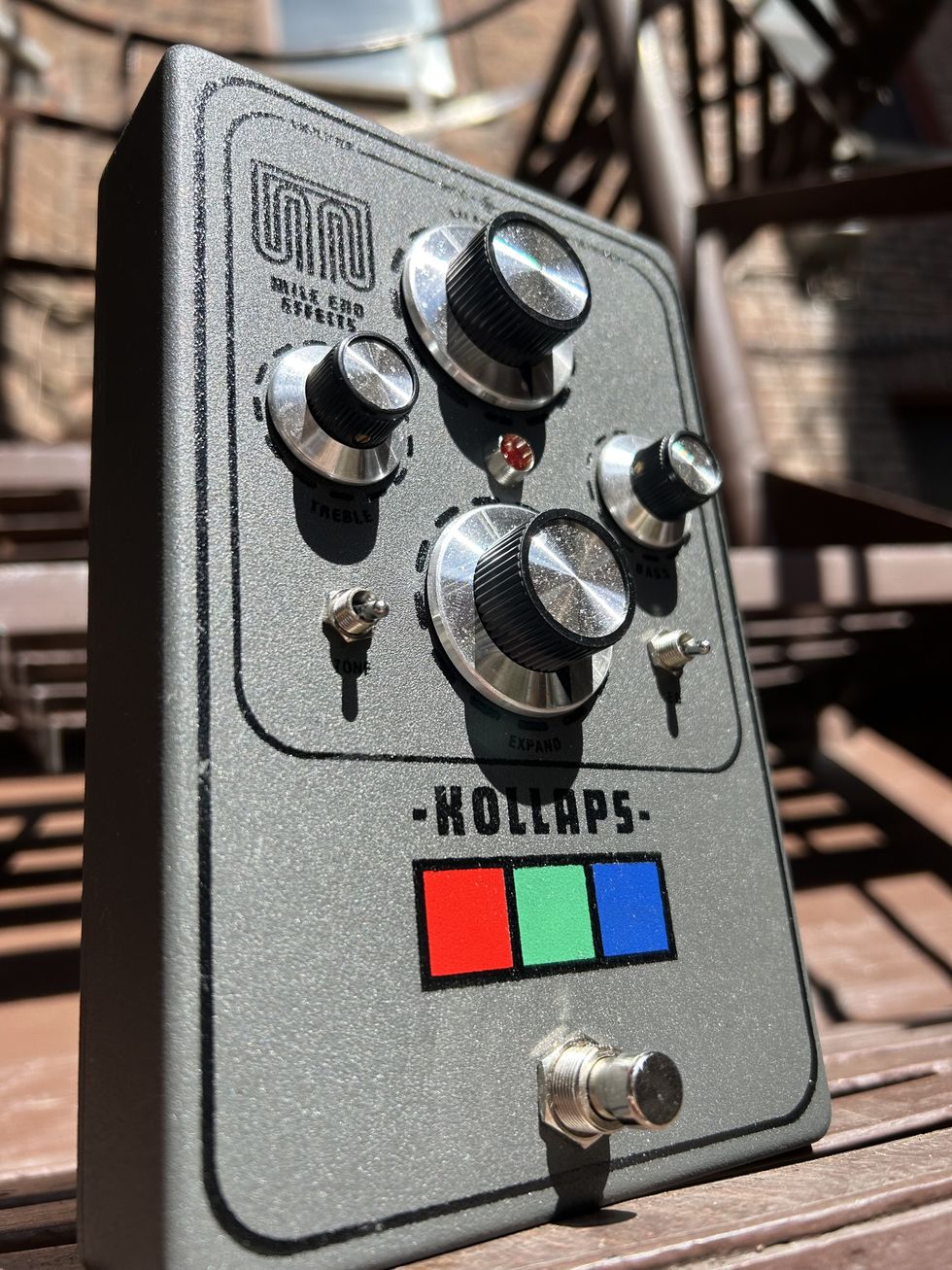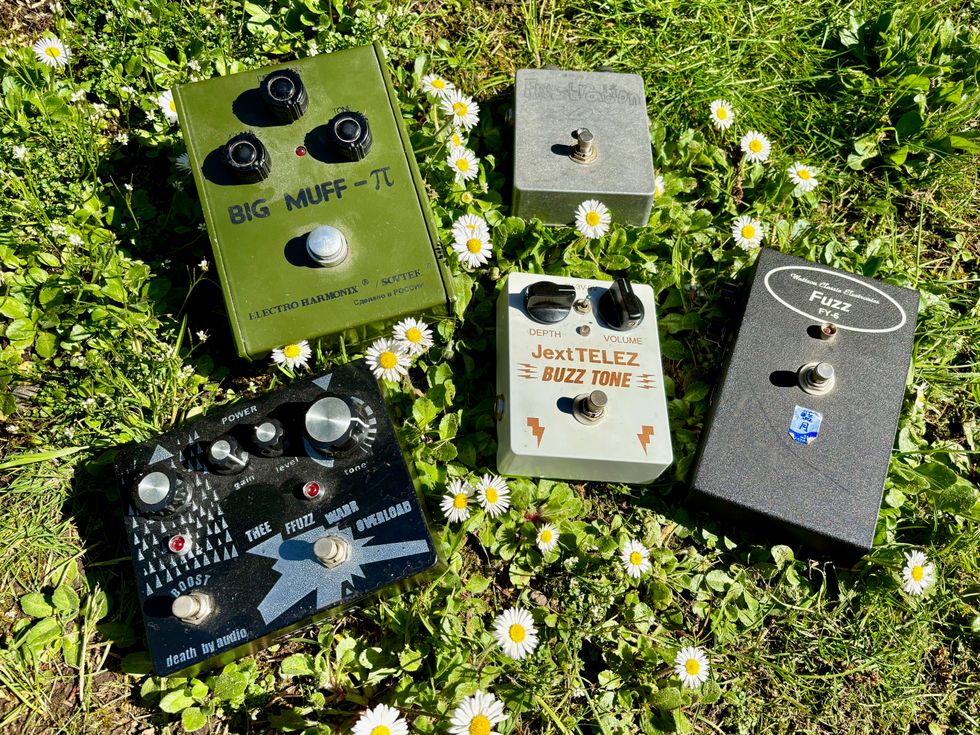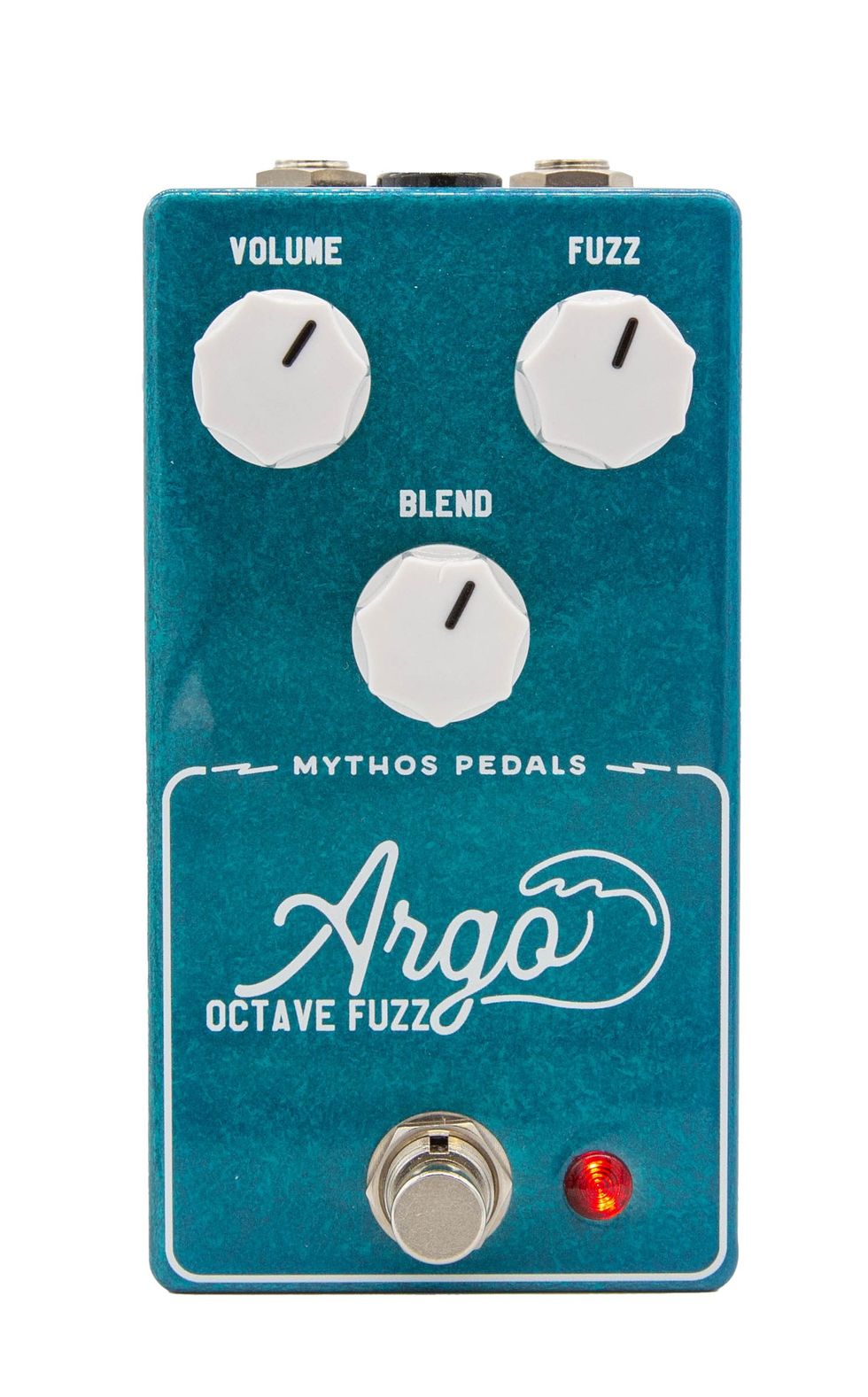Santa Monica, CA (January 28, 2021) -- Jumbo tone with deep, moody richness, the BT-240E Baritone offers a gorgeous layering of low-end timbre for a unique and mysterious sound. Combining Guild’s historically large jumbo body shape and their legacy of pressed back construction, the BT-420E boasts a deep, full-frequency Baritone voice to add character to any song. The arched mahogany back projects crisp low frequencies, while the solid spruce top provides a balanced delivery. The baritone is tuned B-E-A-D-F#-b, 5 steps down from a standard guitar. Great for filling in an ensemble or for playing standalone, the BT-240E Baritone is a great addition to any player’s arsenal.
BT-240E - $499 Street • $695 MSRP
The BT-258E Deluxe 8-String Baritone offers a melodic layering of low-end harmony for enchanting, harp-like sound. Combining Guild’s historically large jumbo body shape and their legacy of pressed back construction, the BT-258E boasts a deep, full-frequency Baritone voice complemented by two octave strings for added sparkle. The arch rosewood back projects whole, low frequencies, while the solid spruce top ensures the high frequency, octave strings blend in gorgeously for a symphonic tone. The low end is great for filling in an ensemble or for playing standalone. The 8-string baritone is tuned B-E-a-A-d-D-F♯-B, 5 steps down from a standard guitar. Deluxe appointments including rosewood back and sides, bound neck and body, and a perfectly glossed polyurethane finish.
BT-258E Deluxe- $629 Street • $875 MSRP
The recognizable sound of Guild’s Jumbo guitar has been heard on stages, broadcasts, and recordings for years. Now that coveted tone is available at a player’s price. The F-240E is an affordable tone cannon. Built with a solid spruce top, mahogany sides, and an arched mahogany back, the full-bodied and powerful voice of this Guild Jumbo provides guitarists with historically-Guild acoustic tone and voicing. Guild’s signature arched back design allows for enhanced volume and projection, long sustain, and a lush, full sound. The F-240E features Guild’s Fishman-designed AP-1 electronics, a pau ferro fingerboard and bridge, bone nut and saddle, mother-of-pearl rosette, period-correct tortoiseshell pickguard, and a satin polyurethane finish. Available in Natural. It’s time to add a Guild jumbo to your collection.
F-240E - $399 Street • $555 MSRP
An iconic shape at an affordable price, Guild’s Starfire I Bass is a modern adaptation of the traditional Starfire Bass platform, exemplifying the features needed on a modern Hollowbody bass. Featuring a slimmed down, 2.4” body thickness, inward-shifted neck, short 30 ¾” scale length, and a 1 ½” nut width, the Starfire I Bass is a compact and accessible option for younger players, or those who want more freedom on stage. Stable tuning and easy adjustability are provided by the Tune-o-matic bass bridge, and the harp tailpiece adds a touch of Guild’s classic aesthetic, likening the bass to its upright ancestors.
Guild’s own BC-1 BiCoil pickups adorn the bass, complete with hum resistant nickel covers and Alnico 5 magnet construction. Combined with the woody nature of semi-hollowbody tone and the volume and tone control, these pickups allow the player to dial in anything from modern, cutting bass tones to wooly, round, vintage tones. Pull up on the Volume Knob to reveal the push-pull vintage switch—a feature that adds presence with rolled down low frequencies, reminiscent of the parallel pickup configuration on vintage Hollowbody basses.
Available with maple top, back, and sides in Vintage Walnut, and with Mahogany top, back, and sides in cherry red. Left-handed version also available in Cherry Red. All in a perfectly glossed polyurethane finish.
Starfire I Bass - $599 Street • $835 MSRP
For more information:
Guild Guitars
